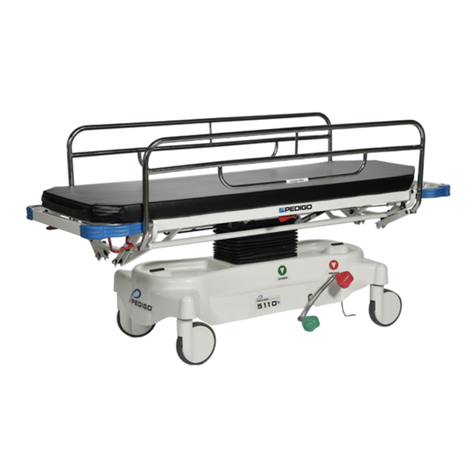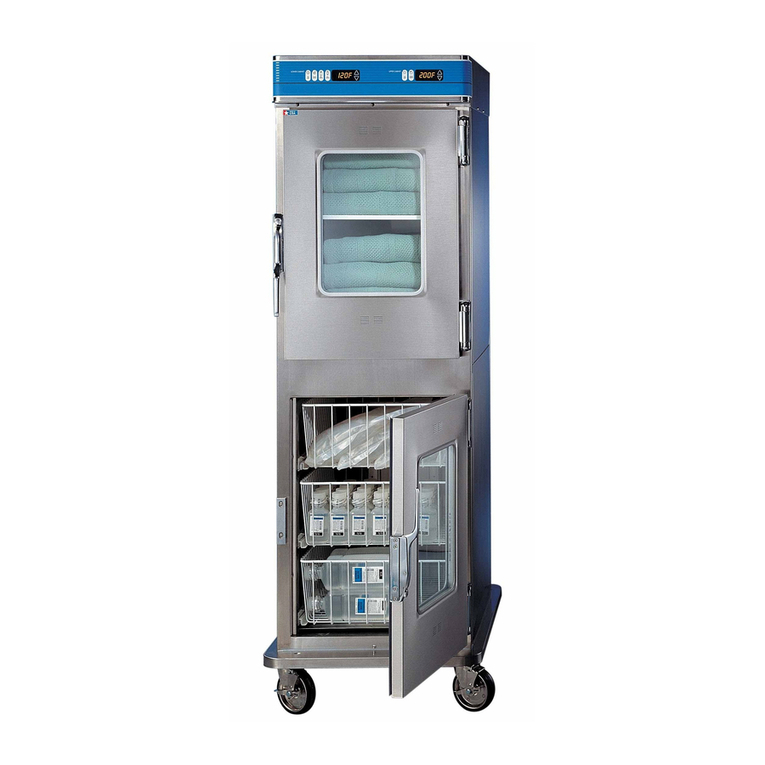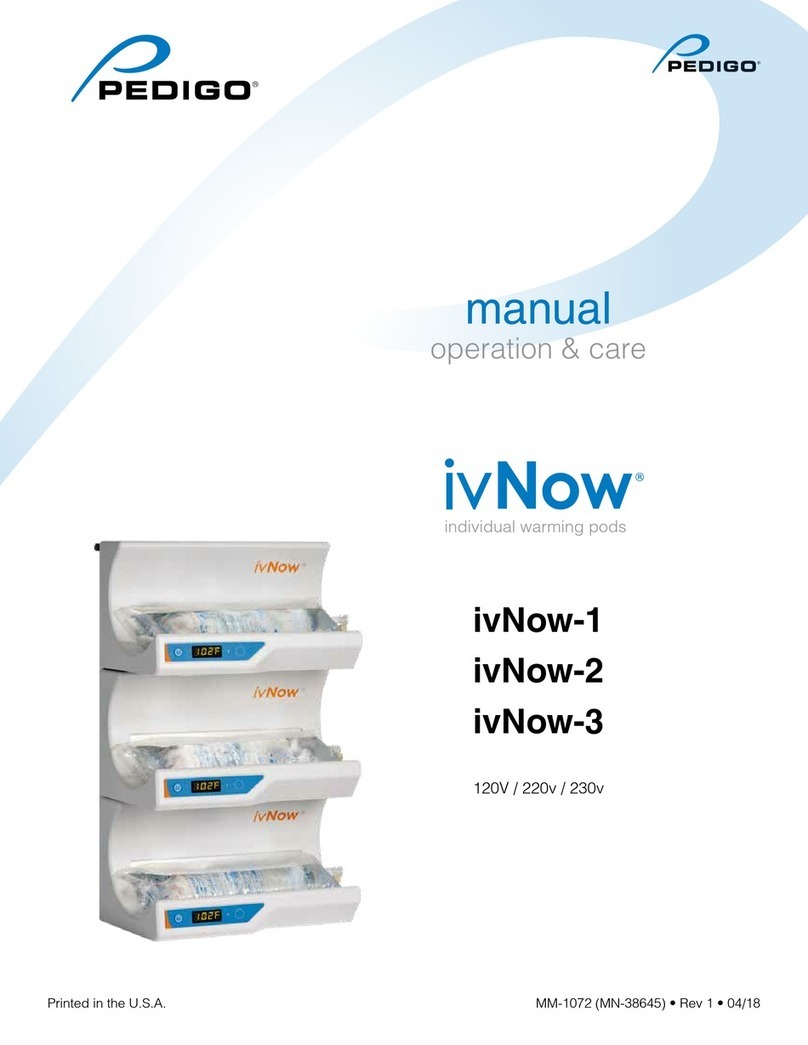
1
Contents
Owner’s Product Identification .............................................2
Explanation of Safety Signals .............................................4
Safety Instructions ......................................................4
Installation ............................................................5
Unpacking ......................................................................5
Inspection ......................................................................6
Checklist: Install Options &Authorized Accessories .......................................7
Description ...........................................................8
Components Overview ..................................................9
Controls & Indicators ...................................................10
Stretcher Operation ....................................................11
Steering Caster Operation .........................................................11
Brake Caster Operation ...........................................................12
Crib Side Rail Operation...........................................................12
Fowler Operation ................................................................13
Trendelenburg Operation ..........................................................14
Options .............................................................15
I.V. Pole Caster Operation .........................................................15
Oxygen Bottle Holder .............................................................16
Utility Shelf .....................................................................17
Crib Top .......................................................................18
Infusion Pump Adaptor............................................................19
Maintenance .........................................................20
Cleaning.......................................................................20
Preventative Maintenance .........................................................22
Scheduled Maintenance ..........................................................22
Calling for Service .....................................................23
Brochure ............................................................24
Limited Warranty ......................................................25































